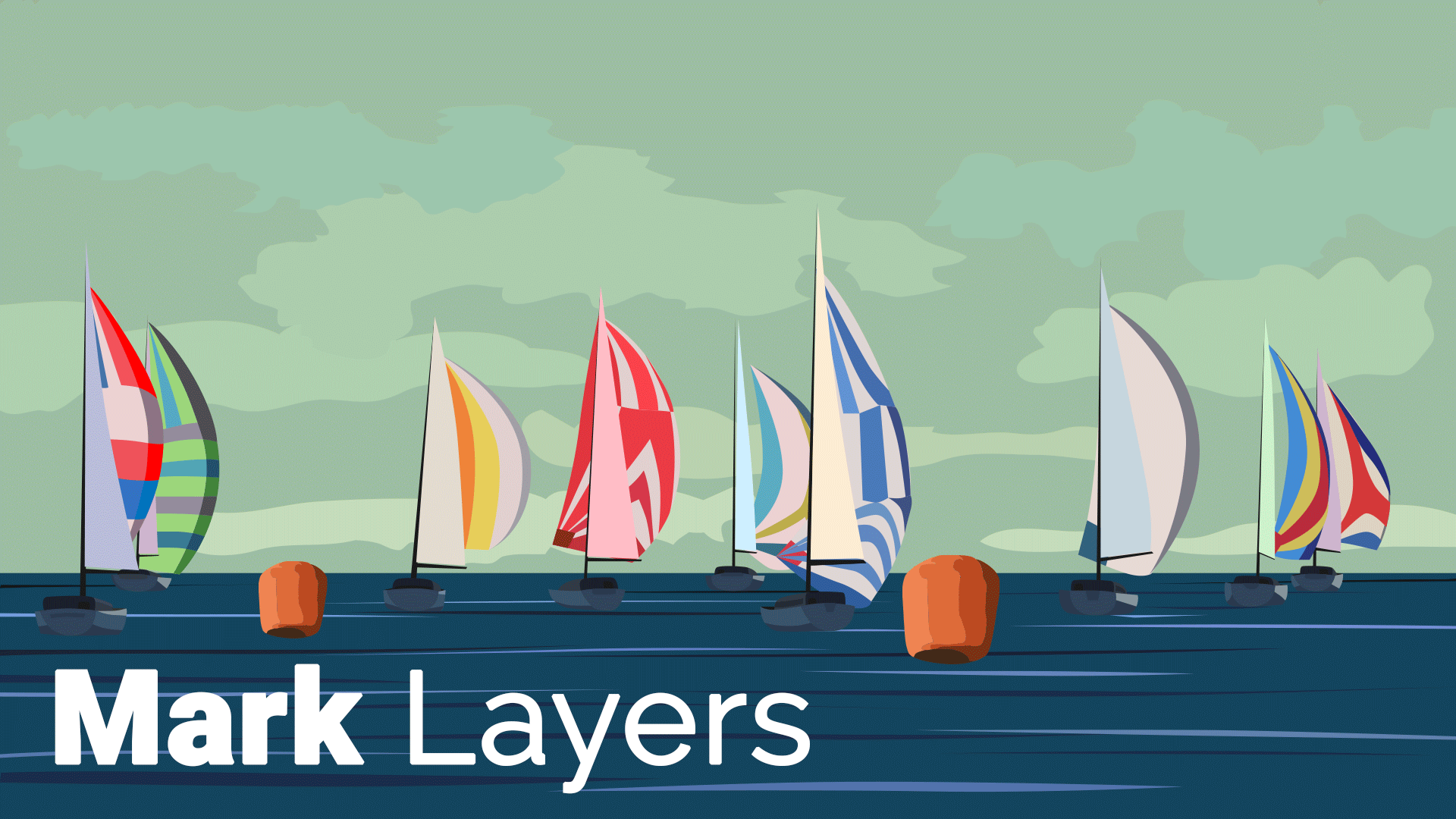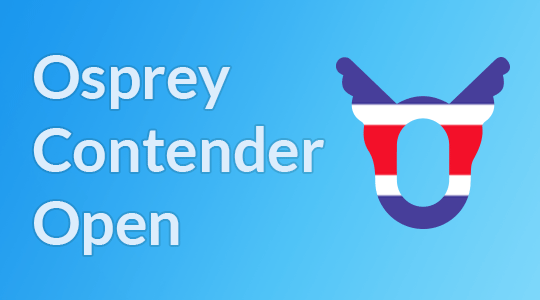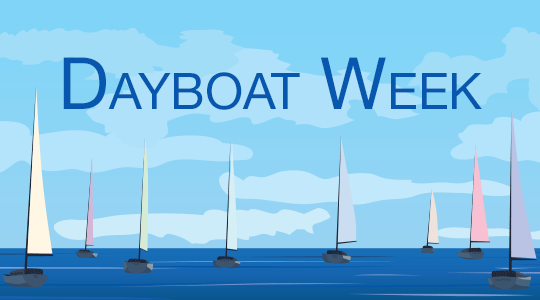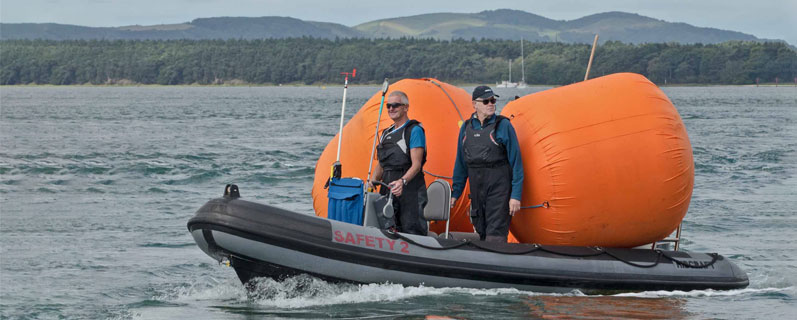
Race Management
We have an extensive racing programme at The Poole Yacht Club
Look at the Notice of race below to see our list of regular sailing events.
The website calendar contains all of the forthcoming events, including regattas, open meetings and training events
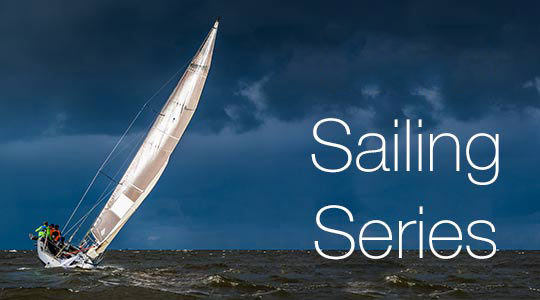
| Day | Starts | Time | Classes | Ends |
|---|
Handicap Dinghy Rating
Handicap Dinghy Racing at Poole Yacht Club is done under the Portsmouth Yardstick (PY) system.
We race in three banded groups, fast, medium and slow.
| Class Name | PY Number |
|---|---|
| 9 Very fast | <1000 |
| F Fast | 1001 – 1201 |
| E Medium | 1025 – 1200 |
| T Slow | >1200 |
Cruiser Racing Class Definitions

Notice to Mariners
Local Notices to Mariners are issued by the harbour master on a regular basis to inform mariners of any operations or works taking place in the harbour which may affect the safety of navigation. These are distributed to all the marine operations involved in the harbour area, as well as adjacent harbour masters, local marine offices and notice boards at harbour access points.
Handicap systems
IRC
Well known and established rating system, used worldwide. Typically used for all major regattas and racing in UK. Large database of boats enables good correlation of ratings. Uses measurements to define the boat and sails, also includes a boat type allowance (Hull factor) which is used to amend the rating for different types of boat. More information at www.ircrating.org.There is an annual fee to obtain a rating.
PY (Portsmouth Yardstick)
This is an empirical rating system (no measurements) which analyses the performance of boats to derive a rating. Some values of PY are fixed for the year, typically for dinghies. It is also possible to use a PY which is varied statistically for each race based on performance of the boat. This rating system is free and is typically organised through either the club or via nationally agreed values for PY.
VPRS
New system (2010) based on velocity prediction formula, principally created for Poole Yacht Racing Association (PYRA). Uses only measurements to predict performance via polar diagram which is then converted to a rating based on averaged wind strengths. More information at www.vprs.org. There is an annual fee to obtain a rating.
Racehut Signals
If you are new to racing at Poole Yacht Club or have never worked out how we start, look at the excellent videos below.
These will explain the bespoke start sequence from the race hut. Otherwise they may remain a mystery to you!



